The five-minute guide to Malaysia’s colourful past

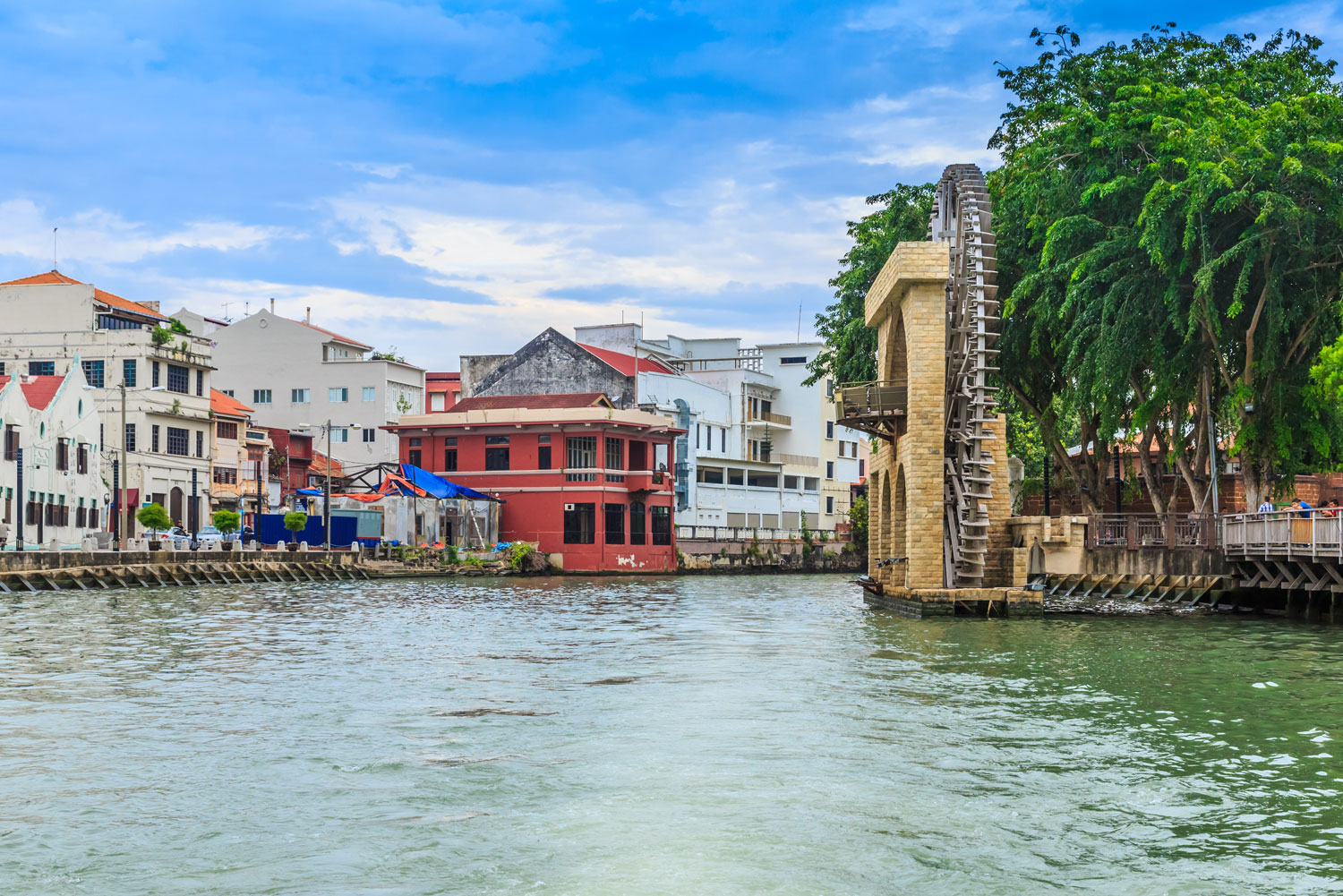
Malacca, Malaysia.
Few places on this planet have a history as colourful as Malaysia’s.
Here we give you the basic rundown of how this wondrous travel destination came to be so you know before you go!
As the central meeting place for early east-west trade, the Malay Archipelago has played an integral role in many countries’ histories; however, its own past is nothing short of varied. Despite its ancient culture and eventful history, the nation of Malaysia itself is only about 50 years old, but five key eras really shaped the country we see today.
Ancient times
Records suggest people have lived in what is now Malaysia for roughly the last 40,000 years, with large waves of people migrating down peninsular Malaysia from south-western China some 10,000 years ago.
Over the following centuries, the country’s location – easily accessed by many a vessel passing through the Indian Ocean – meant many foreign traders and their customs arrived in the land, shaping the budding country.
Foreign influences such as Hindu and Buddhist cultures were widely adopted, which are still integral parts of Malay life today.
The rise of Malacca
By about 1405, the small fishing village of Malacca in the south of the peninsula was under threat as the Siamese (Thai) were encroaching from the north. In response, the Chinese admiral Cheng Ho arrived in Malacca to promise protection and, with this support from China, the power of Malacca spread to include most of the peninsula.
As Malacca continued to grow in population and prosperity, more traders from around the world arrived to join in the fun – mostly those from China, India and the Arab league – bringing with them even more new customs and traditions.
Malacca had also transformed into a sultanate, and with its leader said to be the first Malay to convert to Islam, the new religion soon won more converts across Malaya and out to Borneo and Indonesia.
Europe arrives
With the world catching onto the wealth and buzz in Malacca, soon Europeans wanted a slice of the pie. In 1511 the Portuguese took over, followed by the Dutch in 1641.
The British then got on board in 1786 when the British East India Company obtained Penang as their own seaport.
However, as time went on, the British Malayan territory expanded to include Province Wellesley, Malacca, Singapore and Kuala Lumpur, and colonial rule soon spread across most of the peninsula by the 20th century.
World War Two
When WWII broke out, it didn’t take long for the wealthy land of Malaya to come under Japanese occupation, especially with Britain preoccupied with defending its own shores from German invasion.
After three-and-a-half years experiencing the tragedy and horror that comes with warfare, WWII ended and the Brits arrived back in Malaya to re-establish their authority. However their intentions were met with resentment from locals.
At the same time, Chinese insurgents arrived and tried to take over the country, sparking a horrific 12-year battle between the Malayan Communist Party, British Commonwealth and Malay forces, and finally ending in 1960.
Independence
In August 1957, Malaya was granted independence from British colonial rule, with Kuala Lumpur named the capital.
Then in 1963, Malaya, North Borneo, Sarawak and Singapore federated as Malaysia (although Singapore has since become an independent nation).
Today, Malaysia is a cultural melting pot blending together influences not just from around Asia, but the wider world.
As a constitutional monarchy, each of the nine sultans of the Malay states takes turns to be the king of Malaysia.
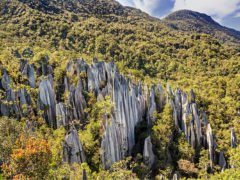
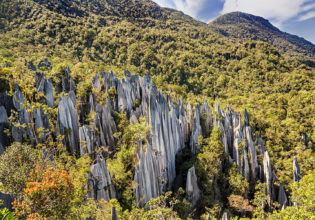
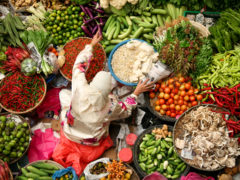
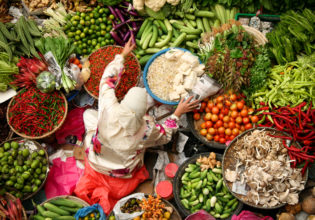
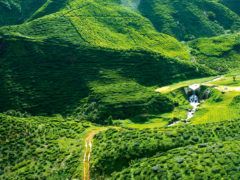
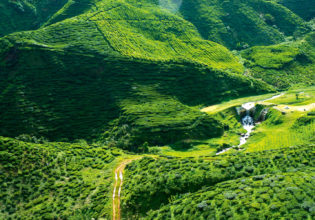
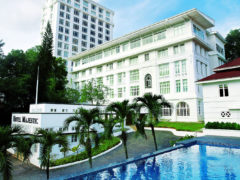
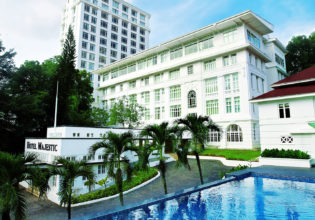

LEAVE YOUR COMMENT